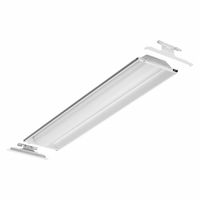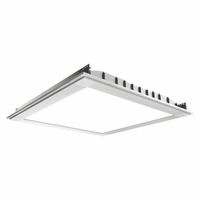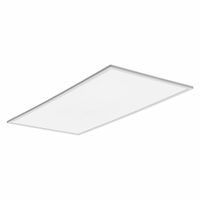- Home
- Lighting
- Lighting Fixtures Retrofit Kits
- Panel Troffer Light Fixtures
- Led Light Panels Troffers
LED Light Panels & Troffers
LED light panels and troffers use significantly less energy than fluorescent troffers and have built-in LED arrays so there are no light bulbs to install or replace. LED arrays typically last for years before needing a replacement driver, so these fixtures generally require minimal maintenance. Some .....Read More
Frequently Asked Questions
What are LED light panels and troffers?
How do LED light panels compare to fluorescent troffers in terms of energy efficiency?
What is the lifespan of LED light panels and troffers?
How are LED light panels and troffers installed in drop ceiling grids?
Can LED light panels be mounted on drywall ceilings?
What maintenance is required for LED light panels and troffers?
What are the benefits of using LED light panels in commercial settings?


